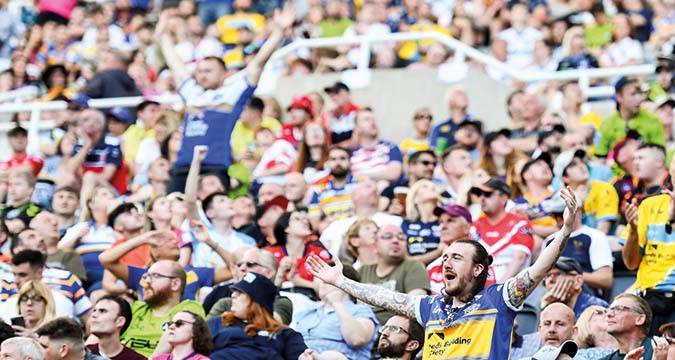 IT'S a time of great change in rugby league as we enter into the eighth month of new shareholders IMG taking a stake in the sport.
In terms of that change, it's perhaps one of the greatest moments of the sport since the creation of the summer game back in 1996.
Whilst IMG's criteria on how clubs will be graded - with an A, B or C category - w
IT'S a time of great change in rugby league as we enter into the eighth month of new shareholders IMG taking a stake in the sport.
In terms of that change, it's perhaps one of the greatest moments of the sport since the creation of the summer game back in 1996.
Whilst IMG's criteria on how clubs will be graded - with an A, B or C category - w Five areas in which IMG could determine grading of Super League and Championship clubs
 IT'S a time of great change in rugby league as we enter into the eighth month of new shareholders IMG taking a stake in the sport.
In terms of that change, it's perhaps one of the greatest moments of the sport since the creation of the summer game back in 1996.
Whilst IMG's criteria on how clubs will be graded - with an A, B or C category - w
IT'S a time of great change in rugby league as we enter into the eighth month of new shareholders IMG taking a stake in the sport.
In terms of that change, it's perhaps one of the greatest moments of the sport since the creation of the summer game back in 1996.
Whilst IMG's criteria on how clubs will be graded - with an A, B or C category - w 